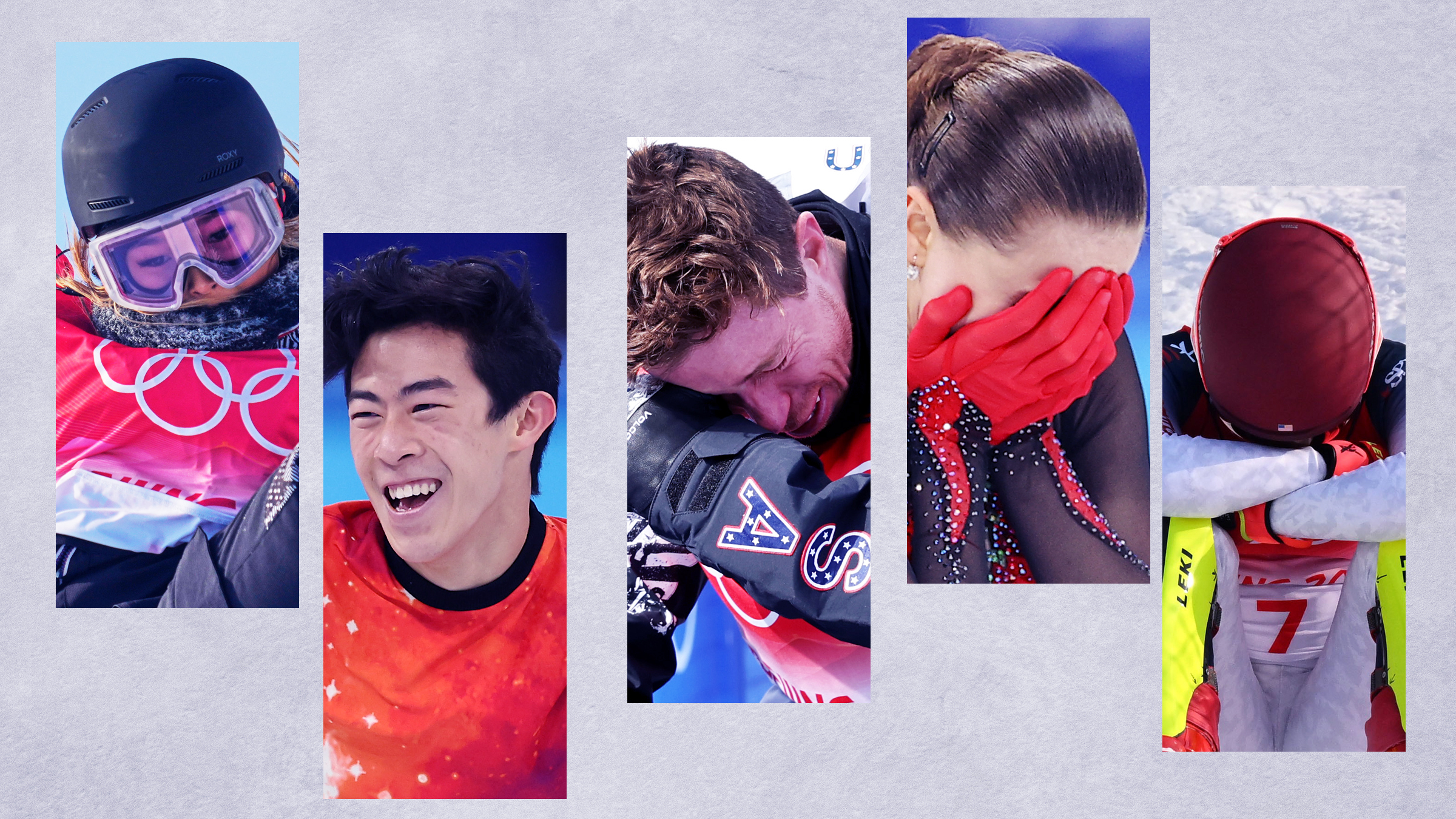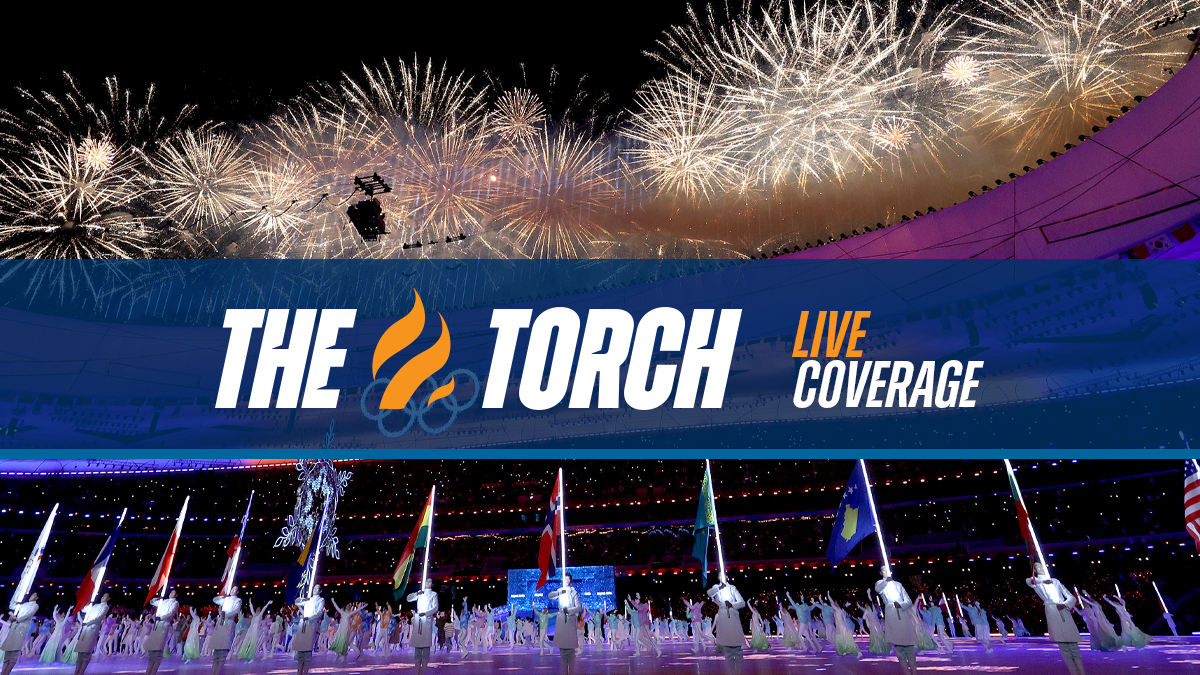Julia Marino’s decision to withdraw from the big air competition on Monday started as a fall in practice but quickly shifted toward a controversial Olympic rule regarding her Prada snowboard.
Marino became a household name early on in the Olympics when she broke Team USA’s medal drought and won silver in the women’s snowboarding slopestyle. It came as quite a surprise when eight days later it was announced that the 24-year-old would not be competing for her second Olympic medal in big air.
While doubt arose regarding Marino’s participation following a fall on Friday, at the heart of this decision is Rule 40 of the Olympic charter. Marino’s Prada snowboard, designed and manufactured by her sponsor, the upscale fashion company, was no longer approved between her two events.
Here’s what you need to know about Rule 40:
What is Rule 40?
Rule 40 of the Olympic Charter establishes the expectation of Olympic participants — athletes and team personnel alike — to “respect and comply” with the various institutions associated with the Olympic movement, including the World Anti-Doping Code, relevant International Federations and the charter itself.
Beijing 2022 Winter Olympics
Watch all the action from the Beijing Olympics live on NBC
Within this rule are four bylaws that address the jurisdiction of International Federations in selecting and supporting athletes and the role of endorsements and financial compensation of Olympic participants.
The intrigue surrounding Marino’s Prada board lies in the third bylaw which states that “competitors, team officials and other team personnel who participate in the Olympic Games may allow their person, name, picture or sports performances to be used for advertising purposes during the Olympic Games in accordance with the principles determined by the IOC Executive Board.”
Get a weekly recap of the latest San Francisco Bay Area housing news. Sign up for NBC Bay Area’s Housing Deconstructed newsletter.
How was Julia Marino’s board in violation of the principles determined by the IOC?
In a statement responding to questions by NBC Connecticut, the IOC said “the athlete was competing with a snowboard with the branding of a company that doesn’t primarily have its business in sporting goods, contrary to Olympic advertising rules that protect the funding of the Olympic Movement.”
The statement went on to say that the typical order of approval begins with the relevant NOC before being elevated to the International Federation for final approval directly before it enters the “field of play.”
Marino’s agent Claudia Cusano rebutted this claim, pointing to the Prada Linea Rossa, a subset of the company since 1997 focused on sportswear and high-performance activity.
Why was Julia Marino able to compete in slopestyle without any issue?
There were only eight days between Marino’s silver medal and her announcement that she withdrew from big air. So what happened?
According to the IOC’s statement to NBC Connecticut, they were only made “aware of the issue after the athlete had competed. …”
They went on to say that they worked with the U.S. Olympic and Paralympic Committee (USOPC) to try to develop a minimally-disruptive solution that included “the possibility of keeping the same equipment and removing the branding.”
The IOC was also quick to clarify that Marino's fall during practice Friday was prior to any equipment or branding changes.
What solution did the IOC offer to allow Julia Marino to compete in big air?
According to Marino’s Instagram story, she was informed the night before the big air competition that her board was no longer approved. She said the IOC told her to avoid disqualification she could cover the logo, which prompted her to fill in the white space with red marker.
While Marino complied with this request, posting a picture of her drawn-on board, she said the base of the board is “not meant to have anything on it but wax, having marker and other things on the bottom basically defeats the purpose.”
She echoed this in an interview with Gabrielle Lucivero of NBC Connecticut.
“Nothing is supposed to touch the base of your board for a reason,” Marino told Lucivero. “I got on my board and my board felt off, and I just felt unstable and unsteady.”
Speculation arose earlier that week that a fall in a practice run could keep Marino from competing in the big air competition. She said the fall combined with the fact that she was using a snowboard she no longer felt comfortable on prompted her to withdraw from the event.
What are other notable examples of Rule 40 arising at the Olympics?
This isn’t the first time Rule 40 has found itself as a source of controversy.
Ahead of the 2016 Rio Olympics, the IOC announced a “black-out period” beginning nine days before the Opening Ceremony and ending three days after the Closing Ceremony that essentially cut all ties between athletes and their personal sponsors.
Non-Olympic partners would be banned from using certain hashtags and ordinary words including “endurance” and “Summer” in the context of the Olympics. This decision extended to Twitter, where companies without official Olympic partnerships were banned from retweeting content related to the Olympics.
American Olympic distance runner Nick Symmonds spent much of his career publicly rebuking the various regulations that prevent athletes from marketing themselves. He argued on a familiar point that orders such as Rule 40 only harm athletes.
While top-tier Olympians typically move into considerable wealth, the vast majority of athletes competing at the Olympics struggle to piece together funding between Olympic Games and rely heavily on sponsorships to grow their personal brand and the popularity of their sport. Regulations such as Rule 40 are viewed as an obstacle to that growth.




